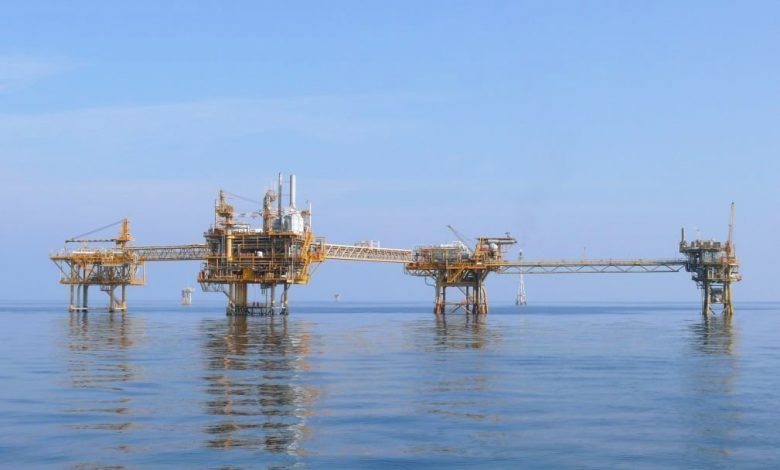Myanmar’s offshore infrastructure dilemma

As Myanmar moves from the signing off of PSC agreements and the oil and gas majors commence seismic and 3D modelling, attention has now moved to address the lack of infrastructure that is needed to support the exploration / drilling phase. This activity is likely to start in earnest in about 18 months time. This presents a very tight timeframe to get key infrastructure built and operational.
Complicating matters is that there is currently no suitable OSB (offshore supply base) capable of supporting this activity. Thaketa, the only current and operational base, has serious drawbacks, not least of which is inadequate water depths and the urgent need for an extensive refurbishment. A number of other sites have been considered but all are in the very early stages of investigation in terms of site identification, with little or no basic data , such as geo-tech analysis having been done.
An emerging issue that is becoming evident in the debate is around what is understood by the likes of MOGE and investors as to what the majors mean when they state that if you build it we will use it. This has erroneously taken Myanmar to focus on finding and appointing an OSB operator as a first step. In very real sense this is putting the cart before the horse.
Having been involved in OSB development in the region, it is readily apparent in terms what the majors mean in their statement ‘Build it first and we will use it’ is as follows:
- They will not pay for the construction of an OSB nor will they assist in securing the capital by means of providing an LOI to developers
- They, therefore, will not commit to using the OSB until it is built
- The majors want a supply base that is functional, flexible and supports their requirements during the life cycle of the oil and gas fields
- Building a functional base that takes account of what is what is practicably possible takes precedence over the appointment of an operator. After all there are many reputable OSB operators that could be appointed, but their appointment is based and limited to what the facility looks and feels like. In other words, an operator that is successful in the North Sea where there is appropriate supporting infrastructure with integrated IT may not be appropriate for a base in which these are lacking. There are numerous examples of highly regarded OSB operators not being appointed in this region as they have no experience in working in remote areas and with limited infrastructure.
What often is forgotten in the debate is that an OSB has to balance inward supply to support a particular phase of the project with that of ongoing and outward supply of services. It is commonly accepted that OSBs are best when they are purpose-built to enable this to occur. A poorly designed and built OSB presents many supply line risks.
My recommendation to Myanmar would be to keep focus and clarity on the design and build of an OSB rather than sourcing an operator so early in the process. Their focus should be on getting customer reviewer profiles in terms of requirements and at the same time collecting important design information. This would include items such as bathymetry, geotechnical, wave movement and other site-specific data. It is only once you have this data that you can effectively design an OSB that will take account of the following criteria that makes for an effective OSB (this is not an exhaustive list):
- Draught, width of navigation and approach channels
- Turning circles
- Draught and length at wharf side
- Load out capabilities
- Land based / back end transport
- Access to cargo
- Design layout with regard open areas, roads and gates, utilities
- Access to the wharf from both land and sea
It is only once you have reached this stage that it is appropriate to introduce the selection of an OSB operator and select on the basis of the best fit in terms of efficiency around what is available. This ensures that end users needs of the facility are met. By appointing an OSB operator before this runs the real risk of having the base designed and built around their capability and not what is functional in terms of existing capability that meets demand.
